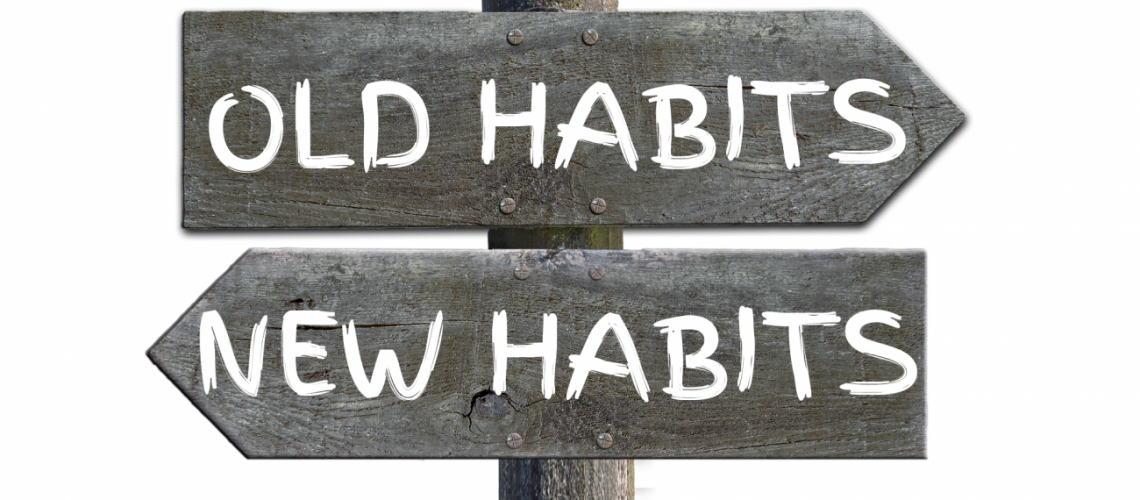Why Habits Develop Whether You Want Them To or Not
Explore the 3 concepts behind habit formation and how to take advantage of them. Understanding the “why” you should do something or not do something is usually the most effective way of driving behavior. This video explains *why* habits form rather than focusing techniques for forming them as I think understanding more about habits will make it easy to control them.
Why Habits Form & How to Build Them
What I’ve Learned
Key Takeaways
1. Myelin Sheaths The average brain is made up of 40% gray matter and 60% white matter. White matter lies beneath the gray matter and is composed of long nerve fibers insulated by myelin sheaths. Myelin is the fatty tissues that make white matter white, and it’s one of the reasons people can get good at things.
- As you repeat an action, the neurons associated with that action will have their axons wrapped in myelin.
- So every time you put in an hour of practice, you earn yourself another wrap of myelin around the neurons used for that activity.
- More myelin means nerve impulses can travel more quickly and efficiently across the axons.
- This means the action can be done more easily, skillfully, and will require less concentration.
- A bare, un-myelinated neuron will have a signal speed of about 2 miles an hour. The signal speed of a full myelinated neuron is about 200 miles an hour.
- Practice makes perfect because practice makes myelin and myelin makes perfect.
2. Willpower By the 1980s, the theory that willpower is a learnable skill was generally accepted. It was understood as something that could be taught the same way kids can learn math and say ‘thank you’.
- The amount of willpower you have is finite and it’s more like a muscle: you can tire it out if you work it too hard.
3. Built-in Autopilot your brain is taking series of actions and grouping them down into a single task, making the process require much less conscious effort. The part of the brain responsible for this is the basal ganglia.
- Chunking can make all the actions leading to completing a workout at the gym easier to do, but it can also apply to actions associated with putting yourself on the couch with Netflix and a beer.
- Habits need a cue to kick your brain into autopiloting the task.
- Habit cues can be pretty much anything from feeling bored and irritated to the clock striking 3:00.
How do you actually build the habit?
- Utilizing cues is very important.
- You can use new cues to create new habits or use old cues to replace bad habits with good ones.
- Being persistent with your cue is particularly important. Once the cue is set, just do it, and then do it again.
- All you need is the right cue, and the right mindset when building the habit.

